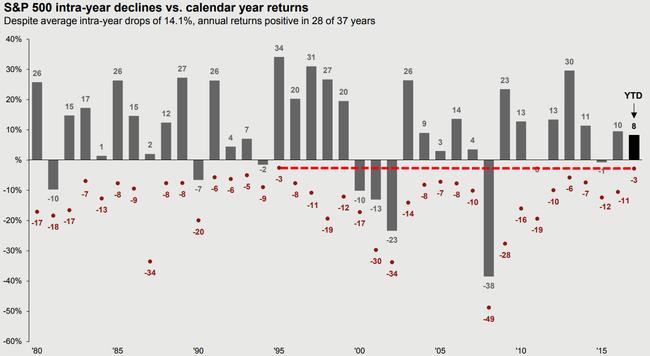

In 1987 Microsoft advanced 123% but would suffer more than 50% decline in October during the stock market crash. The calendar year returns from its IPO in 1986 through 1999 were incredibly high and consistent, masking significant underlying volatility. The path to riches in Microsoft looks deceptively easy on the surface. Microsoft ( MSFT) has returned 25% a year over the past 30 years, a remarkable feat. It took over 8 years, until October 2009, for Amazon to finally recover from this drawdown to move to new highs.īill Gates is the richest man in the world, having amassed his $80 billion fortune as the founder of Microsoft. By September 2001, less than 2 years later, this $5.4 million would shrink down to $304,000, a 94% drawdown. In December 1999, the initial $100,000 investment would have grown to $5.4 million. To put that in perspective, a $100,000 investment in 1997 would be worth just under $39 million today.īreathtaking gains, but they were not realized without significant adversity. Apple investors from the IPO would experience two separate 82% drawdowns, one from 1991 to 1997 and another from 2000 to 2003.Īmazon ( AMZN) has gained 38,882% from its IPO in 1997, an annualized return of over 36%. Incredible gains, but these are just numbers, masking the immense pain one would have endured over time. We tend to put the final outcome (big long-term gains) on a pedestal and ignore the grit and moxie required to achieve that outcome.īut moxie is the key to long-term investing success, for there is no such thing as a big long-term winner without enduring a big drawdown along the way…Īpple ( AAPL) has gained 25,217% since its IPO in 1980, an annualized return of 17%. When it comes to big winners in the stock market, adversity and large drawdowns probably aren't the first words that comes to mind. All have experienced periods of tremendous adversity with large drawdowns. All have returned unfathomable amounts to their shareholders. All among the largest and most revered companies in the world.


 0 kommentar(er)
0 kommentar(er)
